Statistics show that in the near future, rock and building materials market is moving towards natural, green and environmentally friendly materials.
The size of the global natural-stone market is estimated at $33,375.3 million.
In 2020, it was expected to reach $50,465.1 million, and by 2030 it would grow by 4.0%. Natural stone is the minerals that are achieved in the mountains, including quartz, slate, limestone, sandstone, marble, granite, etc.
This plant is mainly used in residential and commercial floors and walls due to its durability, hardness and attractive appearance. It can be used for furniture, statues, and monuments.
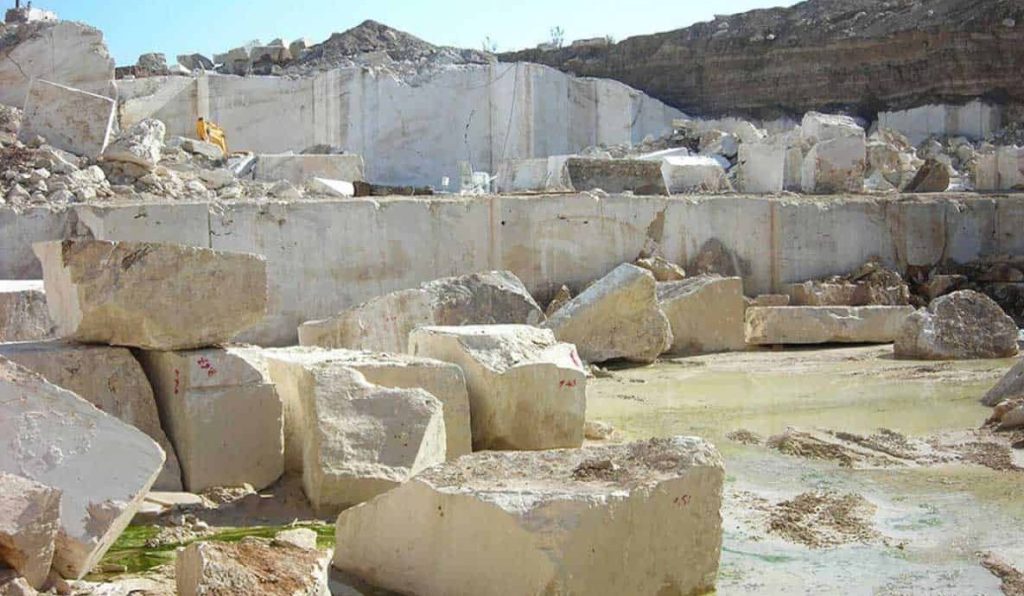
The global growth of natural building stones is driven by increased investment in the housing sector, expansion of the construction industry, and increased construction costs in several countries including the United States, Japan, India and others.
As well as increasing urbanization and population growth, the demand for natural stone, flooring and wall applications is expected to increase, which will lead to growth in the global market.
The advantages associated with natural stone, such as durability, aesthetics and reliability, in turn increased the use of limestone and limestone in commercial and residential construction, thereby accelerating the growth of the global natural stone market.
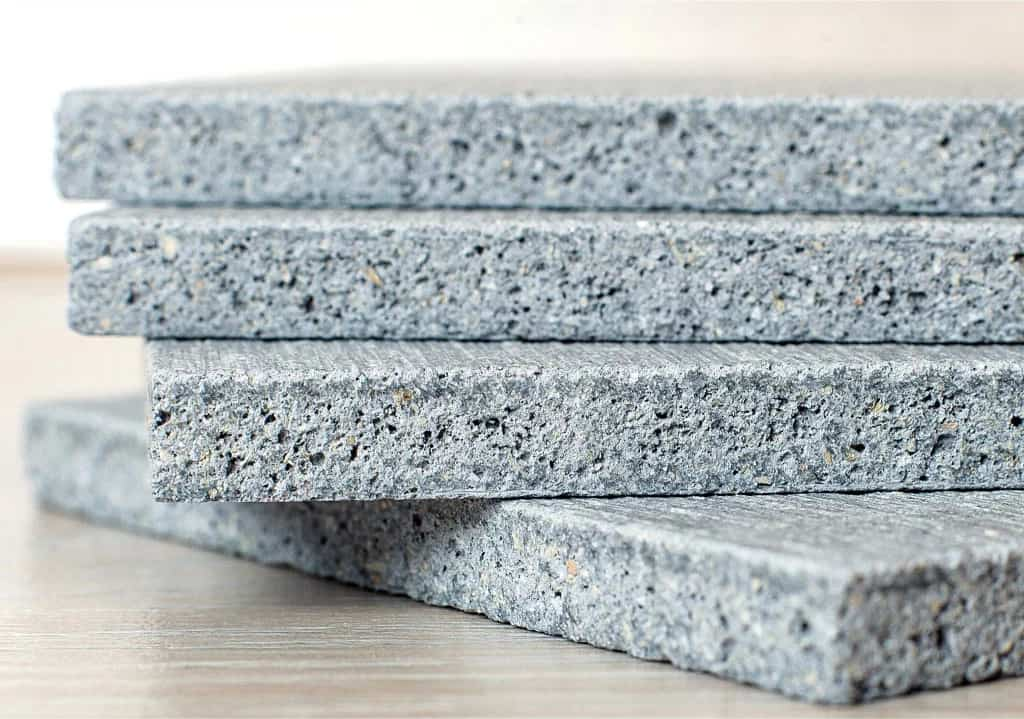
Natural stone market
Natural stone is one of the most stable, environmentally friendly and non-toxic building materials. Therefore, these construction materials are preferred for the people to choose the green ones.
It is a material that came from the mountains and includes common stones, such as sandstone, granite, travertine, limestone, agate, marble, quartz and more.
It is available in different colors and sizes with different physical and chemical properties. Natural stone is one of the basic materials used in the construction of dams, plants, arches, walls and other structures.
As the name implies, these stones can be naturally acquired by mining and mining underground mines. Natural stone is widely used in huge and organizational buildings.
Moreover, masonry materials have been used in concrete and masonry bridges because of duct walls and bridge piers.
Rapid urbanization and the increasing use of natural stone as flooring for interior architectural structures such as temples, houses of worship, government buildings and schools have caused the market to grow.
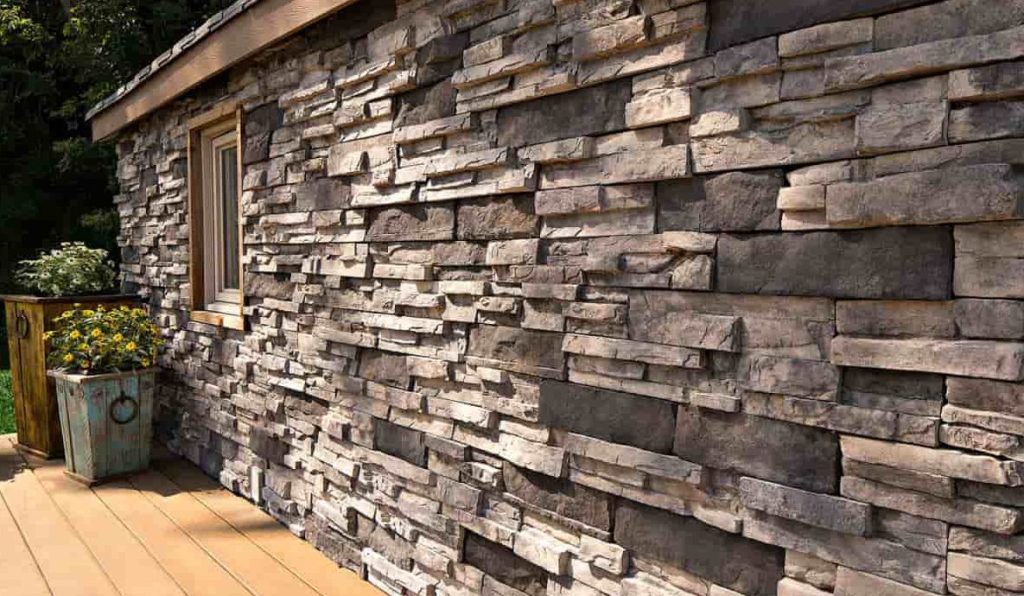
In addition, increasing awareness of outdoor entertainment and increasing the housing costs capacity are the main factors that influence the growth of global natural stone market.
The worldwide increase in the cost of construction and reconstruction activities is also a key factor in the development of the global natural stone market.
For example, in August 2019, the Canadian federal government had planned to invest approximately $180 billion in new infrastructure. Moreover, an increase in the disposable income of people in developing countries such as India, Brazil, Africa, etc.
leading to increased costs for the reconstruction activities and thereby accelerating the growth of the global stone market. For example, South Africa’s single-use income is expected to grow by more than 1.5 percent from 2020 to 2022.
But the focus on using environmentally friendly green materials has hampered market growth.
On the other hand, developing economies in Asia Pacific and Lamai continue to offer lucrative growth opportunities for natural stone producers due to increased investment in residential construction in these regions

Natural stone industry statistics
Natural stones depend heavily on the construction industry.
According to Critical Development Indicators (LIRA) published by the Joint Center for Housing Research at Harvard University, it is expected to achieve significant growth by examining indices for housing quality improvement and increasing repair costs next year.
Lyra expects annual cost of recovery and repair to increase by 9% during the fourth quarter, and to maintain this pace until 2022.
“The renovation of houses also will benefit from a strong housing market by boosting construction and sales activity and a significant rise in prices on the national market,” said Carlos Martin, director of the upcoming center renovation project.
The Director of Future Reconstruction Planning, A. M. Will, said: “With this slow rate, homeowners can spend $400 billion to recover and repair annually until the third quarter of 2022.
“Still, there is opposition to rising reconstruction costs; including high costs of work and construction materials as well as higher interest rates.”
The U.S. economy experienced unprecedented changes one year after the pandemic, with many economic indicators showing dramatic changes in the percentage of the decline induced by the pandemic.
To reduce large fluctuations in the growth rate generated by these year-to-year comparisons, ۲۰۲۲-Q۲ and -Q3 forecasts use the flat data from three main model inputs: residential redevelopment licenses, single-family homes start and sell single-family homes. acetone
Using unpaved data in the LIRA model, the annual growth rate is expected to be approximately two-thirds higher than the reported rate. The future relocation program will continue to monitor incoming fluctuations.
Natural stone industry statistics
Building stone market
Granite is the leading natural building stone in the market, produced primarily in countries such as Brazil, India, China, Spain and Saudi Arabia.
The developing countries of China, India and Brazil account for a large portion of the world’s granite production and export large quantities of granite to the United States, one of the world’s largest consumer markets. Italy is also a rich source of woven marble reserves, while China is a major producer of marble stones.
Market growth is driven primarily by the growth of the construction market, especially in the Asia Pacific region.
Construction activity in the region is increasing as the infrastructure sector develops and the consumer’s disposable income increases. The construction industry in the region has also been strengthened by urbanization.
Growing sectors lead construction and infrastructure of the industry.
The increase in disposable income has helped the construction industry, especially in developing countries such as China and India.
The increasing urbanization of these regions has led to greater market growth. Increased demand for residential, commercial and public infrastructure also led to greater market growth.
In many areas, especially North America, it is uninhabited, such as office building, residential sector construction and public safety, which will increase market demand.
In Asia-Pacific, the construction industry is driven by growing demand for infrastructure, particularly for medical facilities and hospitals. Factors such as government plans and foreign direct investment have led to the growth of the market in the business sector and thus the growth of the construction industry.
The Asia-Pacific region is also driving growth in the global market due to increasing urbanization and consumer purchasing power. Product differentiation and its durability promote the building block industry.
Shifting consumer preference from other building materials to natural stone is also an important factor in growth, which increases demand for construction stones throughout the regions.






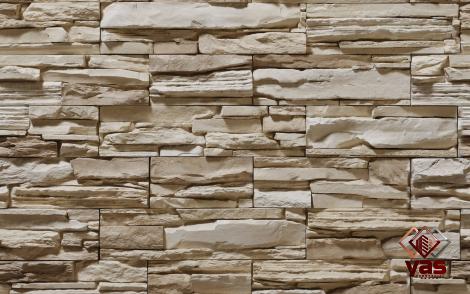


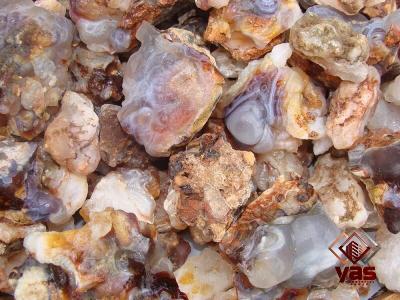

Your comment submitted.